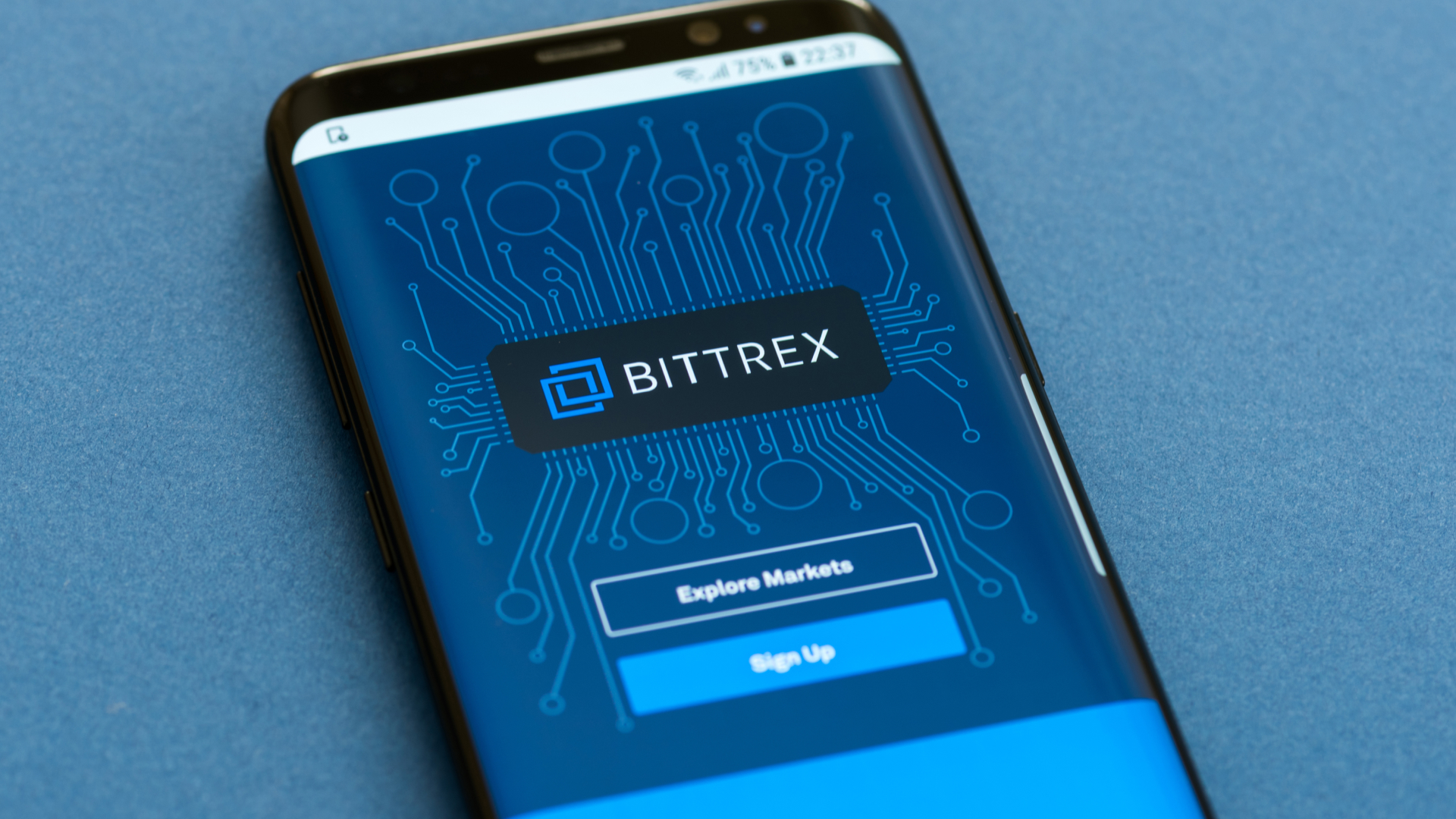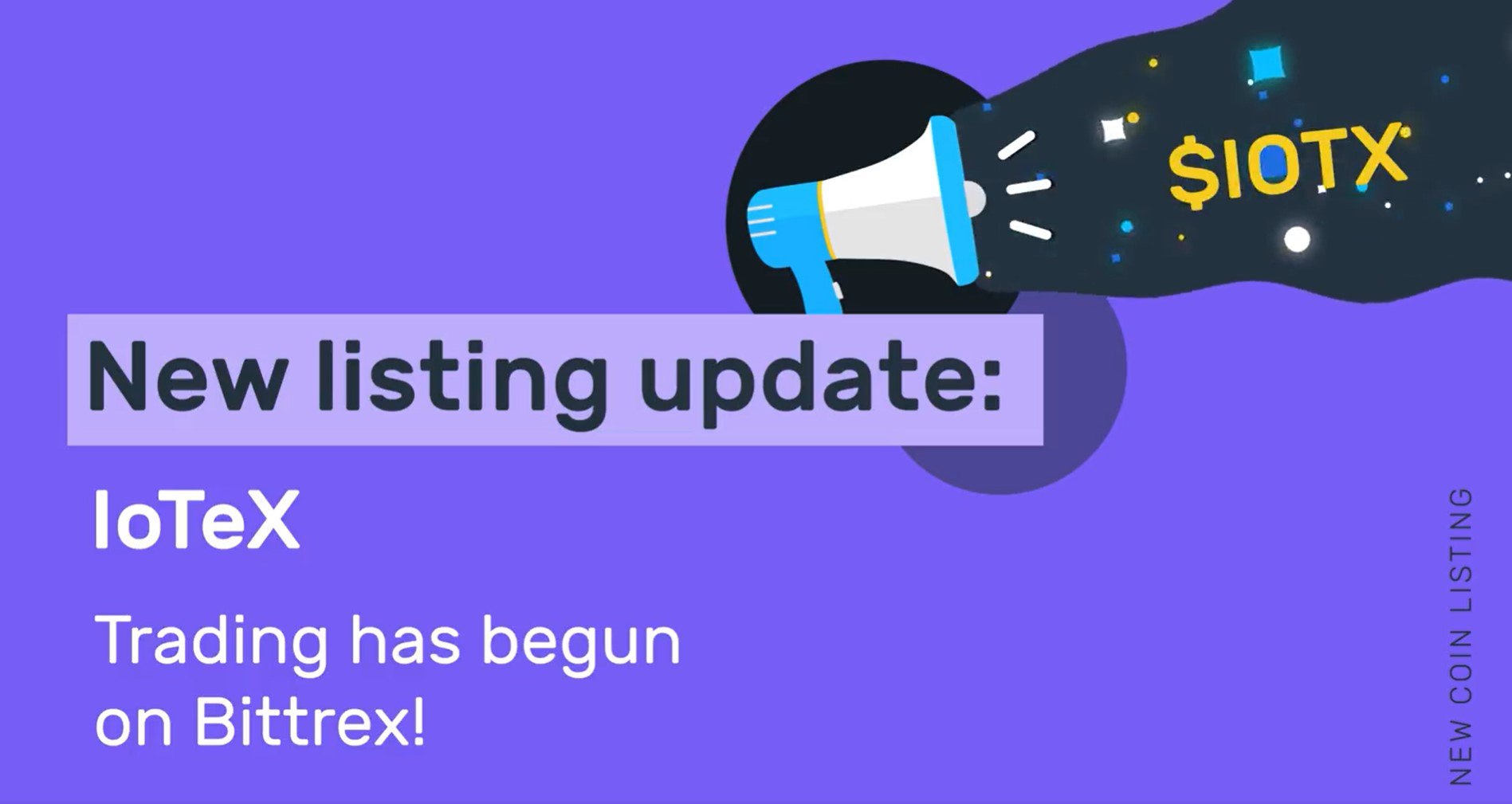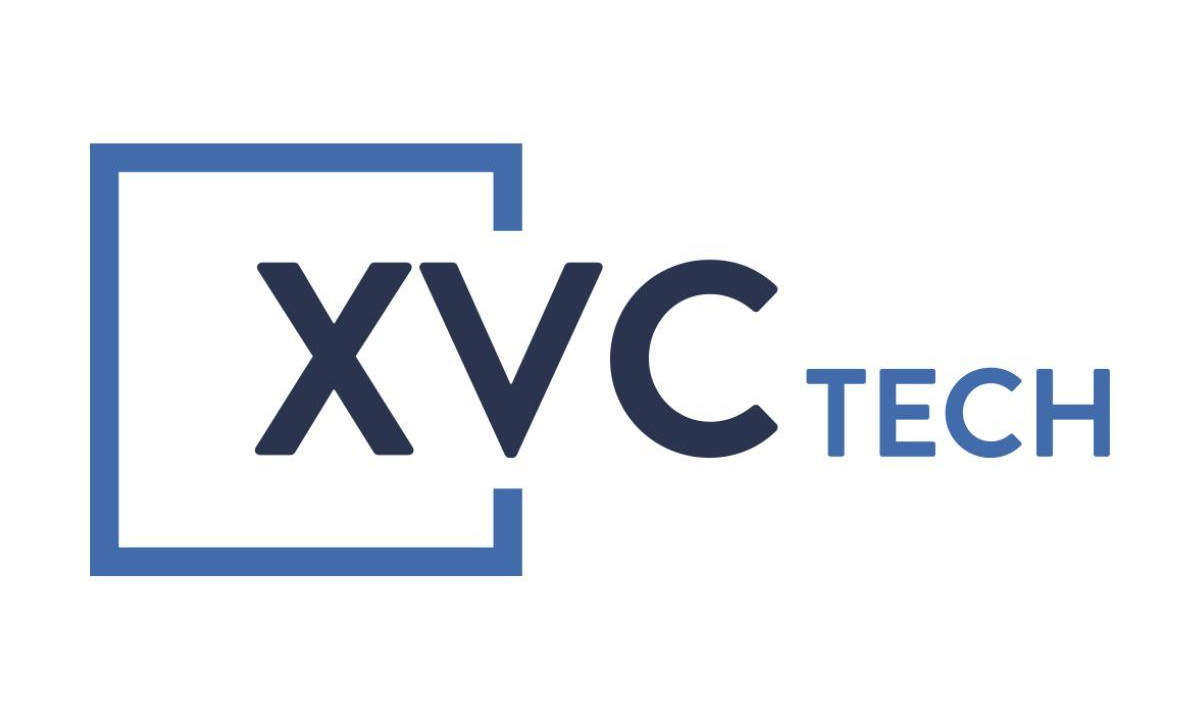Table of Contents
- Bittrex Global to Open the Trading of ELA Against BTC and USDT
- How the Elastos Multi-Chain Platform Works
- A Transformative Vision for the Internet
Leading U.S.-based cryptocurrency exchange Bittrex has listed Elastos project’s native token ELA. The move marks another step on the way to the project’s goal of creating the next-generation Internet.
Bittrex Global to Open the Trading of ELA Against BTC and USDT
One of the world’s largest and most reputed cryptocurrency exchanges, Bittrex, has listed the Elastos project’s ELA token. It will initially add ELA-BTC and ELA-USDT trading pairs. Trading will be available on the Bittrex Global platform from October 21.
Commenting on the listing, Bittrex Global CEO Tom Albright said: "We're very excited to be launching Elastos' ELA token on Bittrex Global. Elastos’ commitment to open source projects and support for developers in the crypto ecosystem perfectly embodies the ethos and promise of blockchain technology. We look forward to working closely with Elastos and their committed community as they build new projects over the coming months and years.”
How the Elastos Multi-Chain Platform Works
At the core of the Elastos platform lies a multi-chain architecture with the Elastos chain securing multiple sidechains running decentralized applications (dApps). The main chain relies on a hybrid consensus mechanism involving merge mining with the Bitcoin blockchain and delegated proof of stake (dPoS). Merge mining will enable Elastos to rely on the massive computational resources of the Bitcoin blockchain without placing additional burden on them.
In order to enhance throughput, the Elastos chain will only handle ELA transfers, with all the distributed computation pushed to the sidechains. The token is also used for the payment of gas fees on the main chain, and can be frozen on it and moved to the side chains.
Elastos’ other important innovation is the decision to dispense with Ethereum-style virtual machines. Instead, the Elastos dApp code will be executed in the Elastos Runtime environment running inside mobile phones.
A Transformative Vision for the Internet
Started in 2000 by its operating systems expert Rong Chen, Elastos has always been aimed at resolving the problems with the current, overly centralized internet infrastructure. As Chen has recently argued in a Cointelegraph op-ed, “the next generation internet will empower individuals to own their data, exchange their wealth, and control their digital footprint — all without being subject to the whims of politicians and tech giants, which have historically weaponized the web for their own gain.”
To that end, the Elastos platform contains two more crucial elements in addition to multi-chain architecture: a peer-to-peer data exchange network and an industry-leading decentralized identity (DID) solution. The former is designed to avoid what Rong Chen believes to be one of the key weaknesses of the present Internet: the fact that all applications can directly access the TCP/IP communication protocol. Instead, the data will have to pass through Elastos Carrier, a specially designed peer-to-peer communication network.
Elastos’ DID layer will enable users and digital resources like creations subject to intellectual property protection to have unique representations on the worldwide web. This could, for instance, radically improve the creators’ ability to profit from their work, as other tools powered by Elastos will enable creators to control the number of copies of a given digital product that may exist. The limited number of copies is a crucial step towards creating value-generating scarcity.
© 2020 CryptoDaily All Rights Reserved. This article is provided for informational purposes only. It is not offered or intended to be used as legal, tax, investment, financial, or other advice.
Investment Disclaimer










